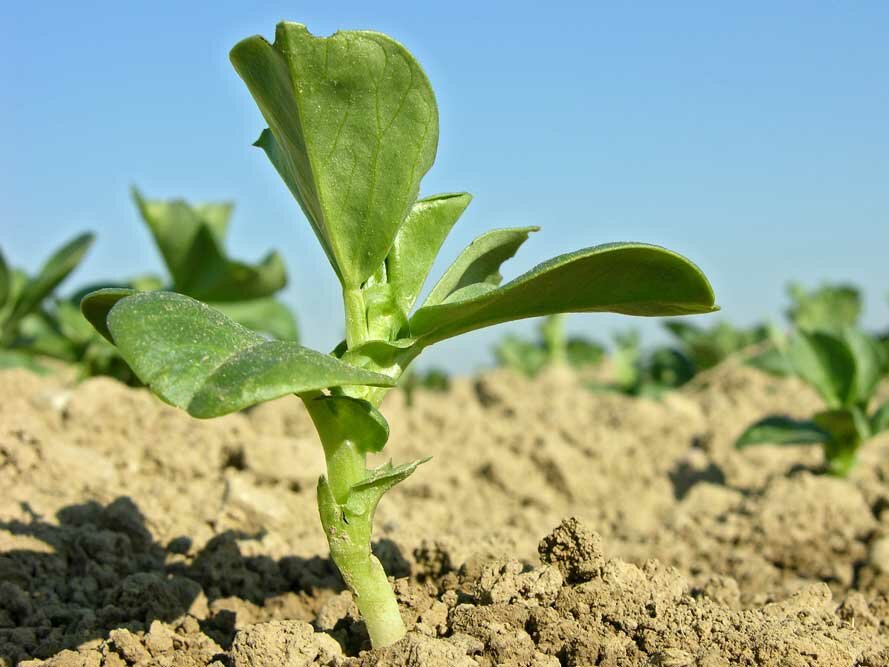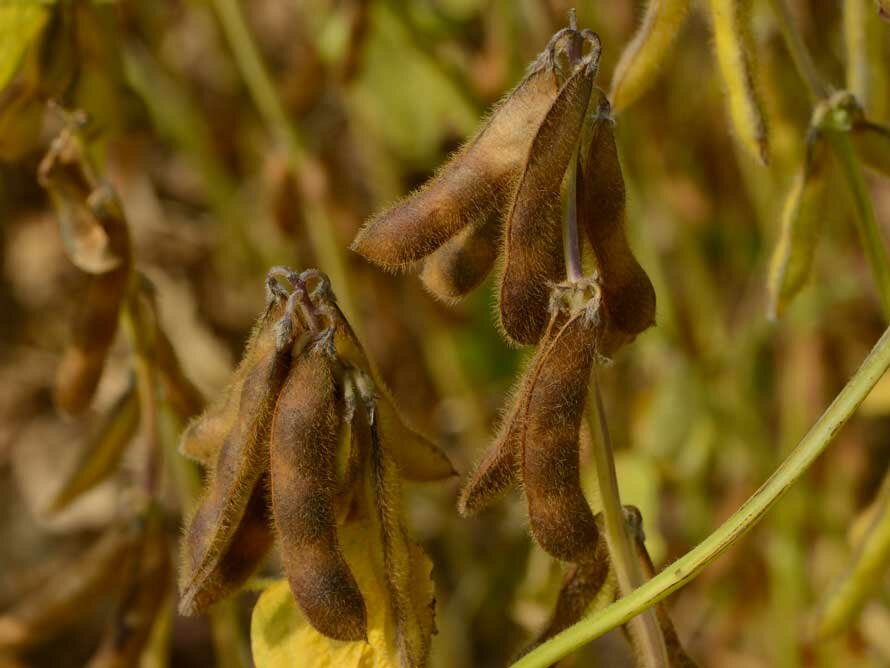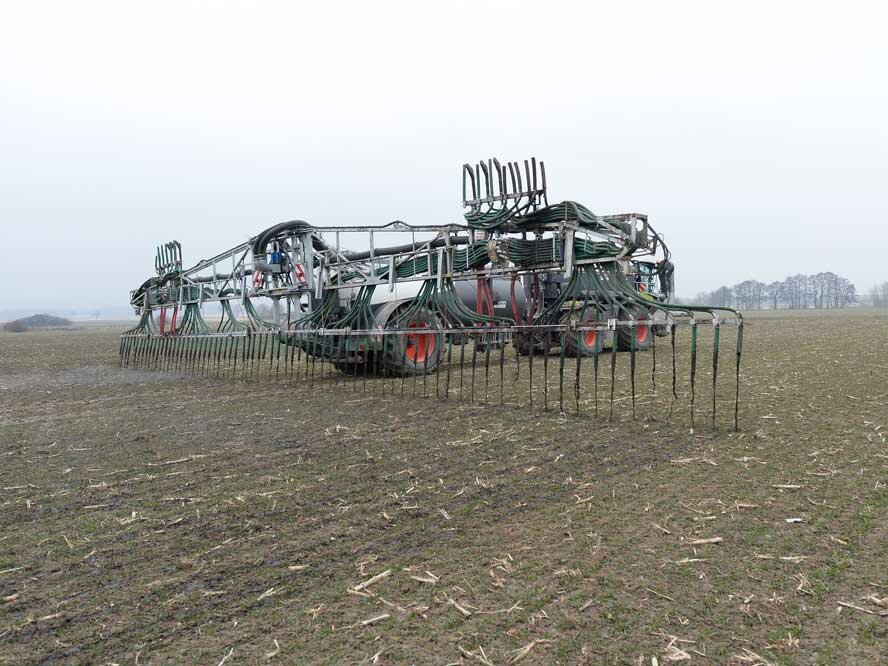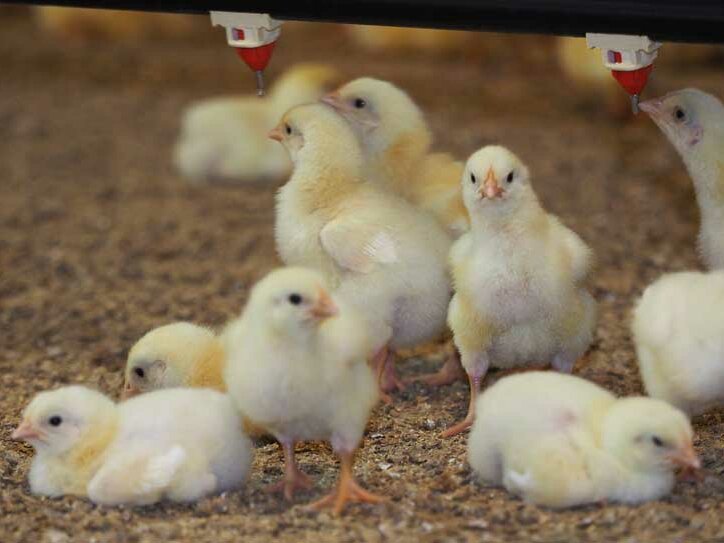Crop rotation - New excellence
By Dr Christian Bickert, DLG Mitteilungen
The "terms of trade" are a mental hurdle for many students in their first semesters. They describe the real exchange ratios of a country's import and export goods. Analogously, one can also consider "terms of trade" for agricultural enterprises. At the present time, it is almost imperative to compare the energy costs (including "energy products" such as fertiliser) with the sales revenues for the harvest or animal products. This is because the exchange ratios have shifted to the detriment of the sales products.
When energy prices are high, the cultivability of a crop increases with the (dry) biomass achieved.
One can explain this quite simply using wheat as an example: Prices for the central crop in our fields are about twice as high this harvest as they were last summer. The prices for diesel have also doubled, and those for fertiliser have even tripled on average (depending on the time of purchase). In absolute terms, however, wheat cultivation is much more profitable than it was a year ago, because essential production costs such as rent, building costs, wages, bookkeeping or even machinery have not increased to the same extent - even if it feels different for machinery. So business as usual, only with higher margins per ha?
Not quite, because with higher energy prices the value of biomass also increases. Apart from the products, which are very scarce and hardly replaceable and therefore always fetch their own high price, the cultivability of a crop increases with the biomass obtained. This is because biomass is linked to energy costs in the long term via biofuels and biogas or electricity. As long as energy prices are low, it is important to produce as cheaply as possible. The higher the prices for energy rise, the more important it is to produce as much as possible.
As much as possible means growing a crop that either has a very long growing season in the long day (e.g. sugar beet) or has a very high efficiency in converting sunlight into assimilates (e.g. C 4 crops). Specifically: Where grain maize dries sufficiently, its cultivation is more profitable than that of wheat or an oat. Where beet can be used in a biogas plant, it is always more productive than whole crop silage, and usually more efficient than maize. So when we move into a "new world" with significantly higher energy prices, the cultivation ratios should also shift in that direction.
The counterpart to this is the cultivation of crops that require very little external energy.
These are thus hardly affected by the rise in energy prices. These are mainly legumes, at least if they can be harvested naturally dry. For them, only diesel will become more expensive, but in the end it makes up only a small part of the cost mix.
Within the legumes, it is of course the crops whose prices have risen particularly sharply that pay off first. This is mainly the soybean (where it is worth cultivating at all). Its main shortcoming, the high seed costs due to the lack of replenishment possibilities, is put into perspective in view of the high prices. But high-yielding field beans also benefit despite lower price increases in relation to low-yielding crops. The combination of both - low N input but low yield - will only be worthwhile if there are special prices for such products - currently this is the case with malting barley.
In the end, fertiliser costs are all about nitrogen.
It is true that potash and especially phosphates are also energy-intensive, but both nutrients are mainly given through crop rotation. And the differences in requirements are not as great as for N fertiliser. Sugar beet and potatoes need more potash, maize as well as rape and soya more phosphorus.
Of greater importance is the applicability of organic fertilisers: the use of organics is virtually impossible in rape in red areas and only possible to a limited extent in the other regions. In wheat, too, liquid fertilisers can only be used as top dressing. In beet, organic fertilisation is not possible at all in red areas and only to a limited extent for catch crops in the other regions. Summer cereals and legumes do not allow the use of farm manure at all. Due to the relatively late sowing, only maize can be "fed" efficiently with farm manure.
There are also shifts in the stable due to high energy prices.
However, these are less clear-cut than in the field. High energy prices are reflected in feed as well as in heating and equipment costs. This is still relatively easy to record. It becomes more difficult with the price reaction to changes in demand. If high energy prices lead to the population having less money at its disposal and thus to a drop in demand for milk, meat or eggs, this cannot be translated one-to-one into figures. But of course there are basic correlations here as well: Falling incomes shift demand towards cheaper meat (i.e. poultry).
It is true that poultry farming is more affected by energy price increases in the barn (especially in the form of heat) than pig or cattle farming. But the better feed conversion of chickens and turkeys compensates for this. In addition, the application of HTK is significantly less energy-intensive than that of manure and digestate, because the water content is lower. Of course, a simple exchange of production as in arable farming is not possible. But in the long run, a disproportionate increase in energy prices means a shift in preference towards poultry.







